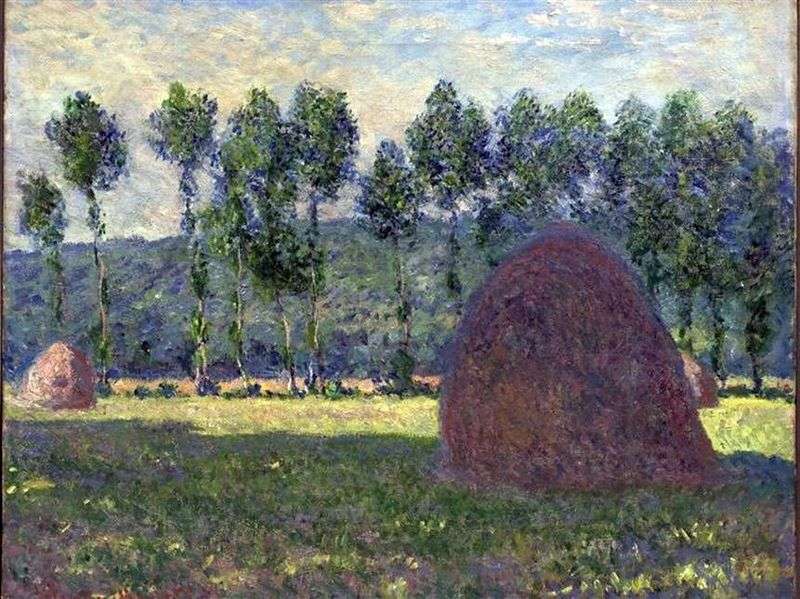
Bold experiments with light are the main expressive means used by Claude Monet in his works. The variability of shadows and the play of light has always attracted the artist who tried to catch and capture this beauty in his paintings. Claude Monet is the author of many similar landscapes, but written at different times of the day, in different weather, at different times of the year.
In 1885, in the town of Giverny, he paints a picture, which he calls “The Haystack in Giverny”. There, Claude Monet writes many other wonderful paintings that brought him fame and recognition.
In the picture before the eyes of the viewer appears the usual everyday rural picture of the French hinterland. At first glance, the picture does not depict anything special and it is difficult to understand what attracted the artist here and why this canvas is considered one of the best works of the great French impressionist.
Horizontally, the picture can be divided into several plans: dark green shaded grass in the foreground is like a frame, the semantic limitation of the canvas. On the same plane, the main character of the picture is depicted, which attracts the viewer’s eye – a large, uneven haystack. His deliberate imperfection only enhances the realism of the image.
The second plan of the painting “Haystack in Giverny” is a bright area, flooded with sunlight, the grass from dark green becomes bright green, with a yellow tint. The artist clearly depicted the border of light and shadow. He placed it a little at an angle, which adds a bit of dynamics to the image.
The third plan of the painting is a series of trees that are so transparent and weightless that the whole landscape depicted by Claude Monet’s brush becomes the same.
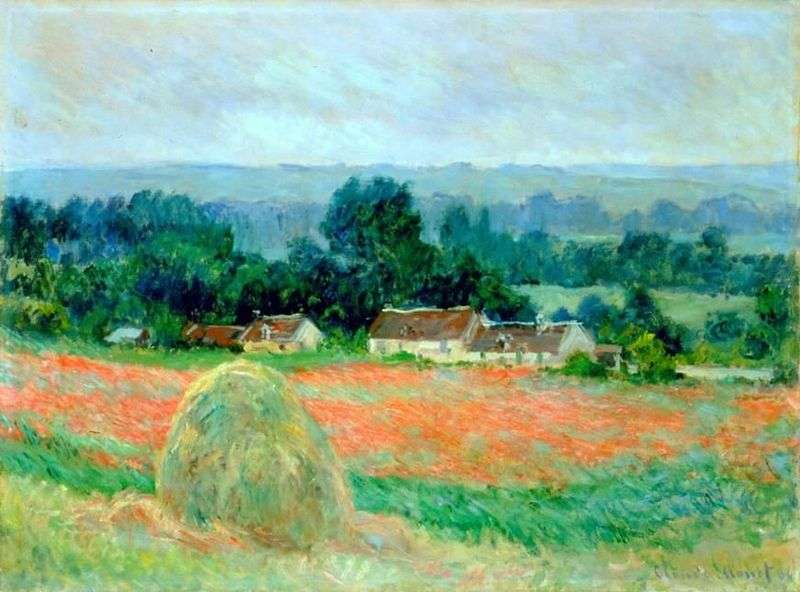 Haystack at Giverny by Claude Monet
Haystack at Giverny by Claude Monet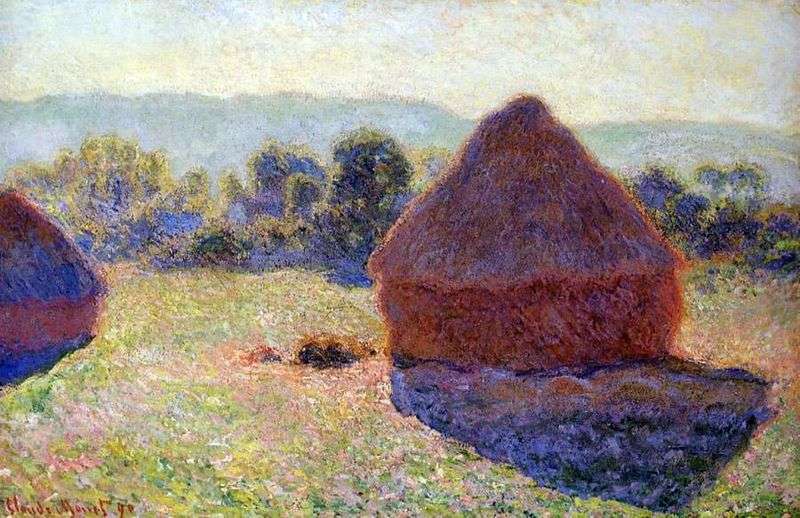 Haystack on a sunny afternoon by Claude Monet
Haystack on a sunny afternoon by Claude Monet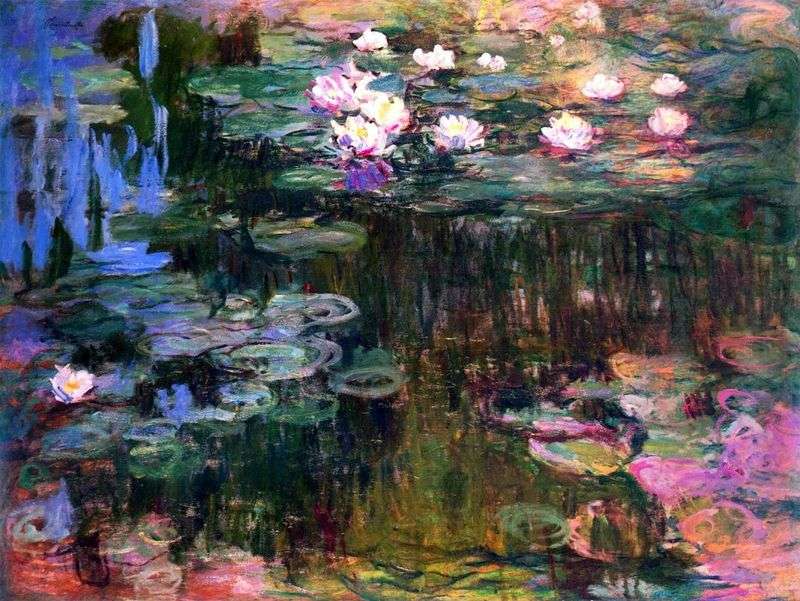 Water Lilies by Claude Monet
Water Lilies by Claude Monet Haystack by Claude Monet
Haystack by Claude Monet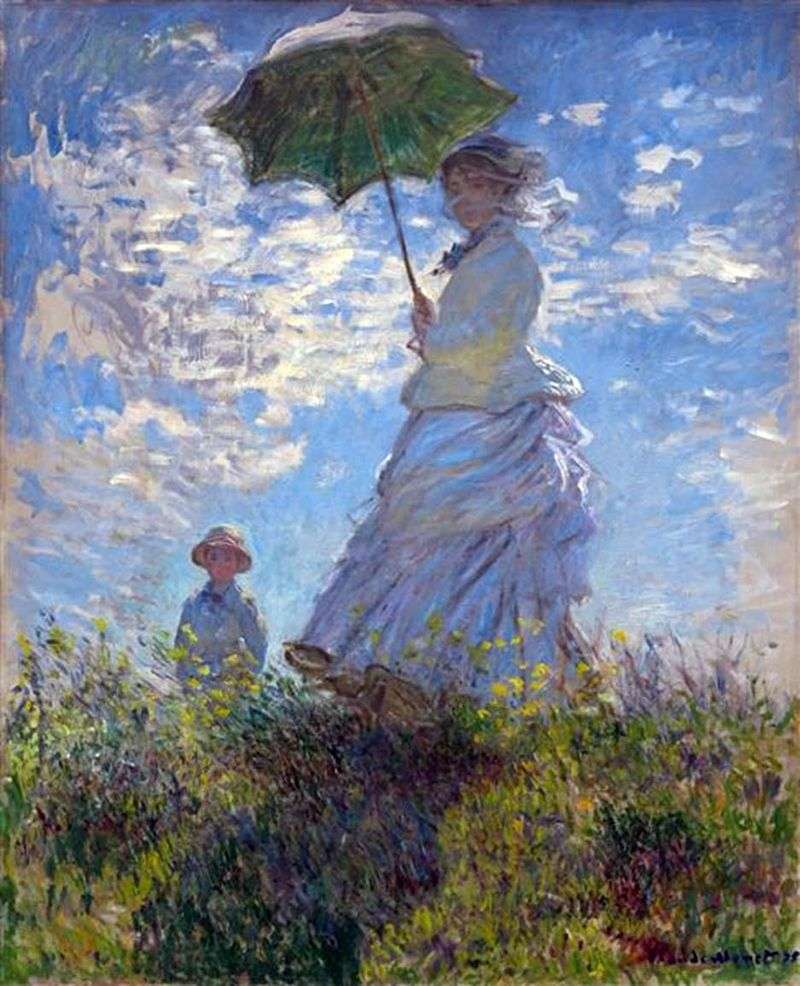 Walk: Camilla Monet with her son Jean by Claude Monet
Walk: Camilla Monet with her son Jean by Claude Monet Main path through the garden in Giverny by Claude Monet
Main path through the garden in Giverny by Claude Monet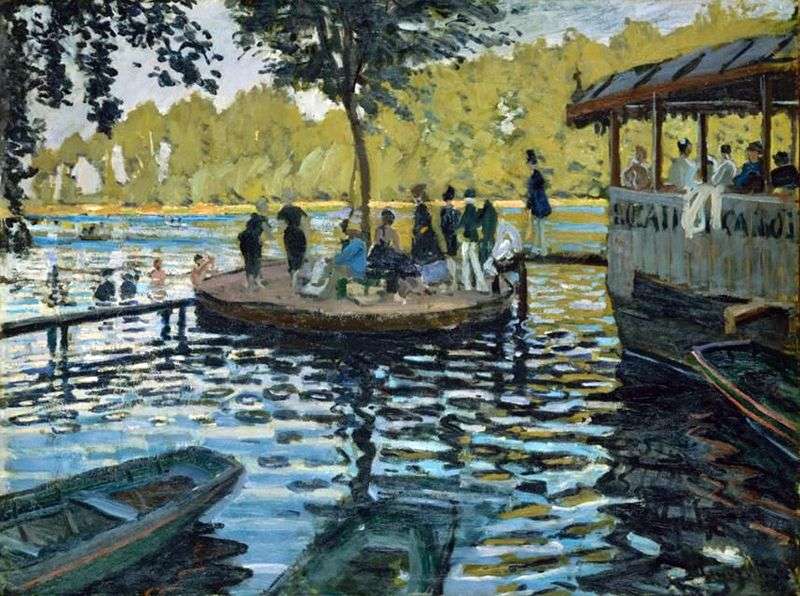 Frog by Claude Monet
Frog by Claude Monet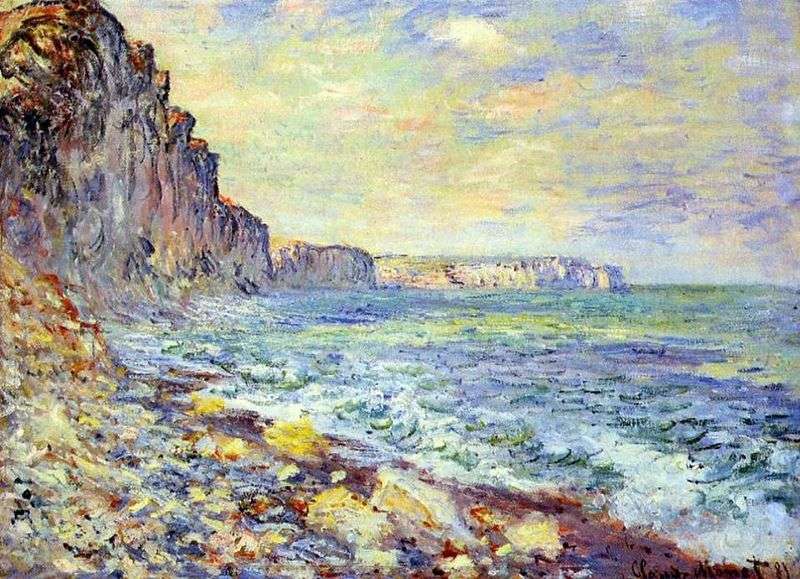 Morning by the Sea by Claude Monet
Morning by the Sea by Claude Monet